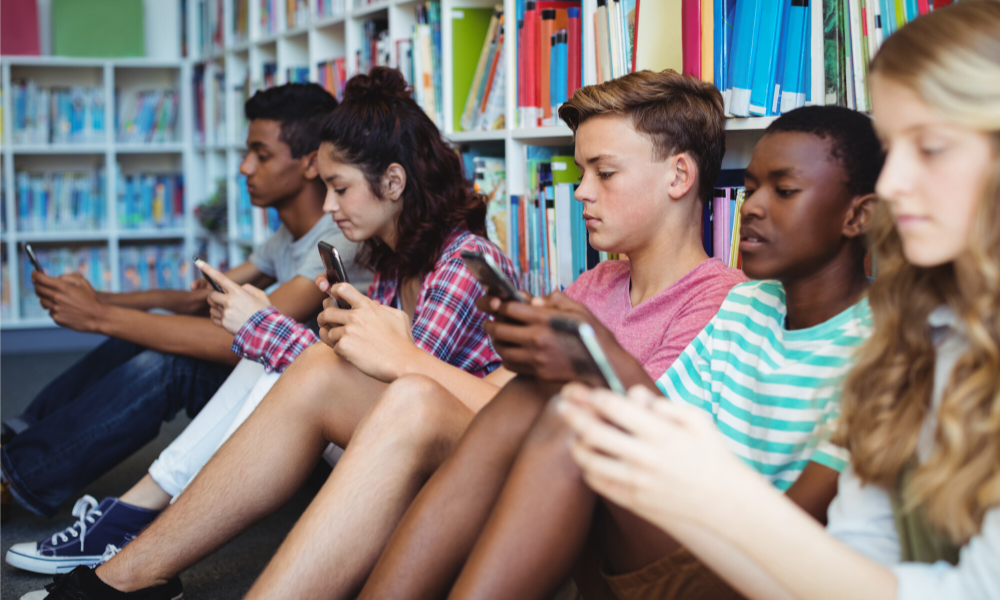In an effort to best understand how young adults are using social media, the Organization for Social Media Safety maintains a Student Advisory Council composed of high school and college students from across the country. Each month one of our Student Advisors contributes an article with his or her perspective on social media safety.
Social networking sites such as Instagram, Snapchat, Facebook, Twitter and many more are spreading faster than you would expect; as many as 77% of Americans have social media, and that number will only rise in coming years. Considering the benefits of social media, the amount of people who use social networking sites is not surprising. People of all ages are able to see the latest trends, allowing them to spread quickly. However, this unfiltered access may breed more potential dangers than we bargained for. The red flags of social media need to be discussed openly so that young people everywhere can be more aware and keep ourselves safe.
Considering how much time is being used on social media each day, some sources cite as many as 11 hours each day for the average young adult, young people must be careful not to allow their social media use to become a negative force. We have all heard the warnings from adults and teachers about self-esteem, depression/anxiety, cyberbullying, and unhealthy sleep patterns, but I still believe we do not really know what to look out for and how to help ourselves on social media.
For example, posting overly personal information on social media has become a dangerous trend. Social media gives people the chance to express their opinions and experiences, but we should consider taking into account what we post and how often. Personally, I have seen several of my peers share questionable posts online despite the consequences, such as posting inappropriate content that can damage your reputation and even cost you a job or a college admission. Oversharing on social media may seem like harmless fun; however, doing so to the extent where it can negatively shape your online persona is something to look out for.
Another new social norm, social media glamorizes an “ideal body type” through constant promotion by celebrities, models, or other influencers that teenagers look up to. Unfortunately, continually seeing such profiles can affect one’s self-esteem. And, many teenagers adopt unhealthy lifestyles and habits to strive to achieve this “ideal body type”. I have seen my peers develop eating disorders such as anorexia and bulimia because of the pressures placed on them by social media and from viewing photoshopped images on a daily basis.
Social media gives people the ability to communicate with people across the globe. Today, it has become a trend to talk to strangers online. To avoid the dangers of social media, talking to people online comes with responsibility. For example, catfishing has been a common danger people may encounter when talking to people online. To protect yourself from these online threats, we must be aware of the different possibilities and be cautious. Sharing and posting information that is too personal can be accessed by online predators, so parents should also be aware of the dangers that come with social media and should also check their child’s privacy settings.
Although social media has benefits that can improve our lives, it can be detrimental to our safety if we are not aware of the dangers that go along with it.
Geraldine B. is a high school member of our Student Advisory Council.

